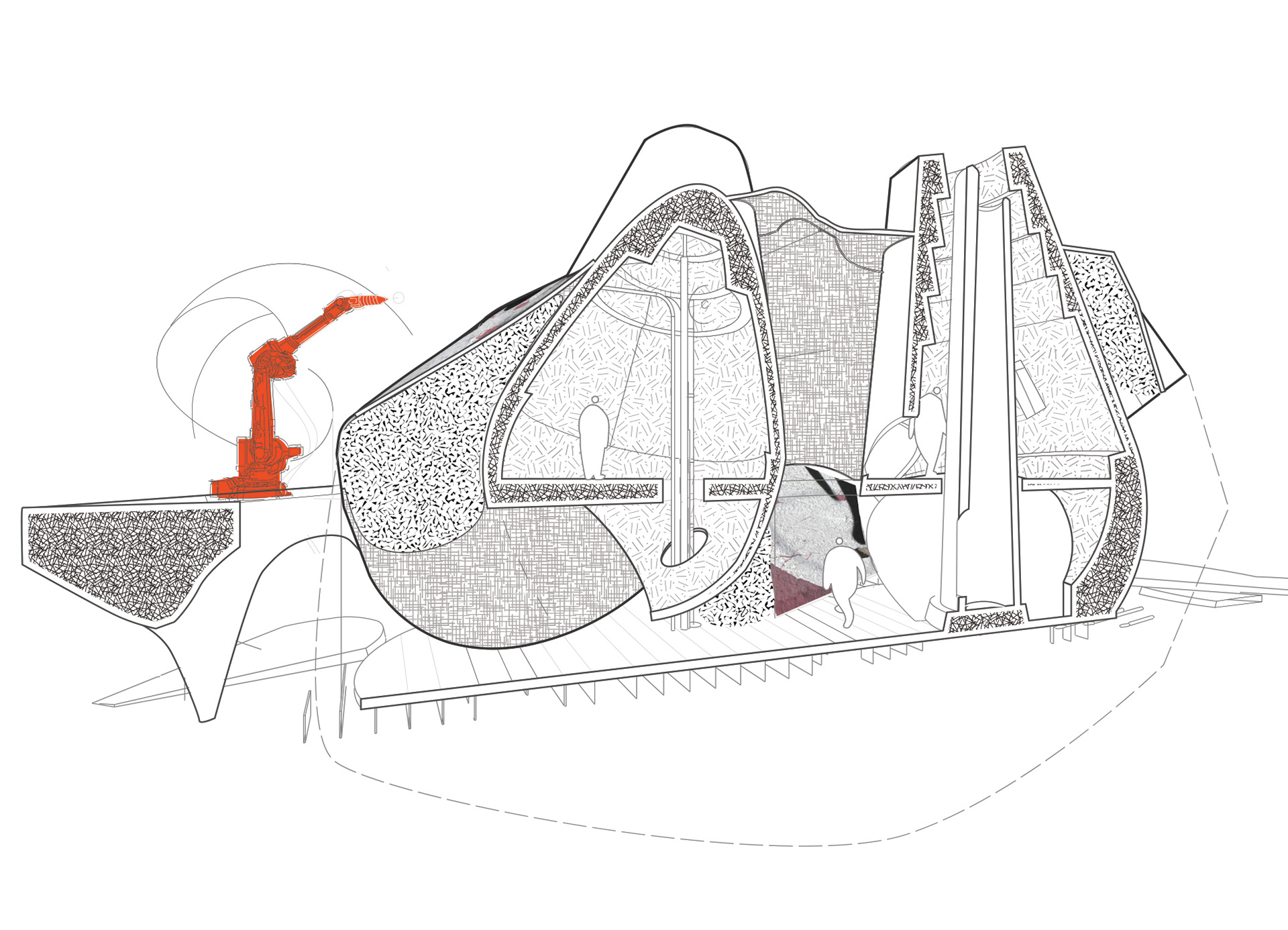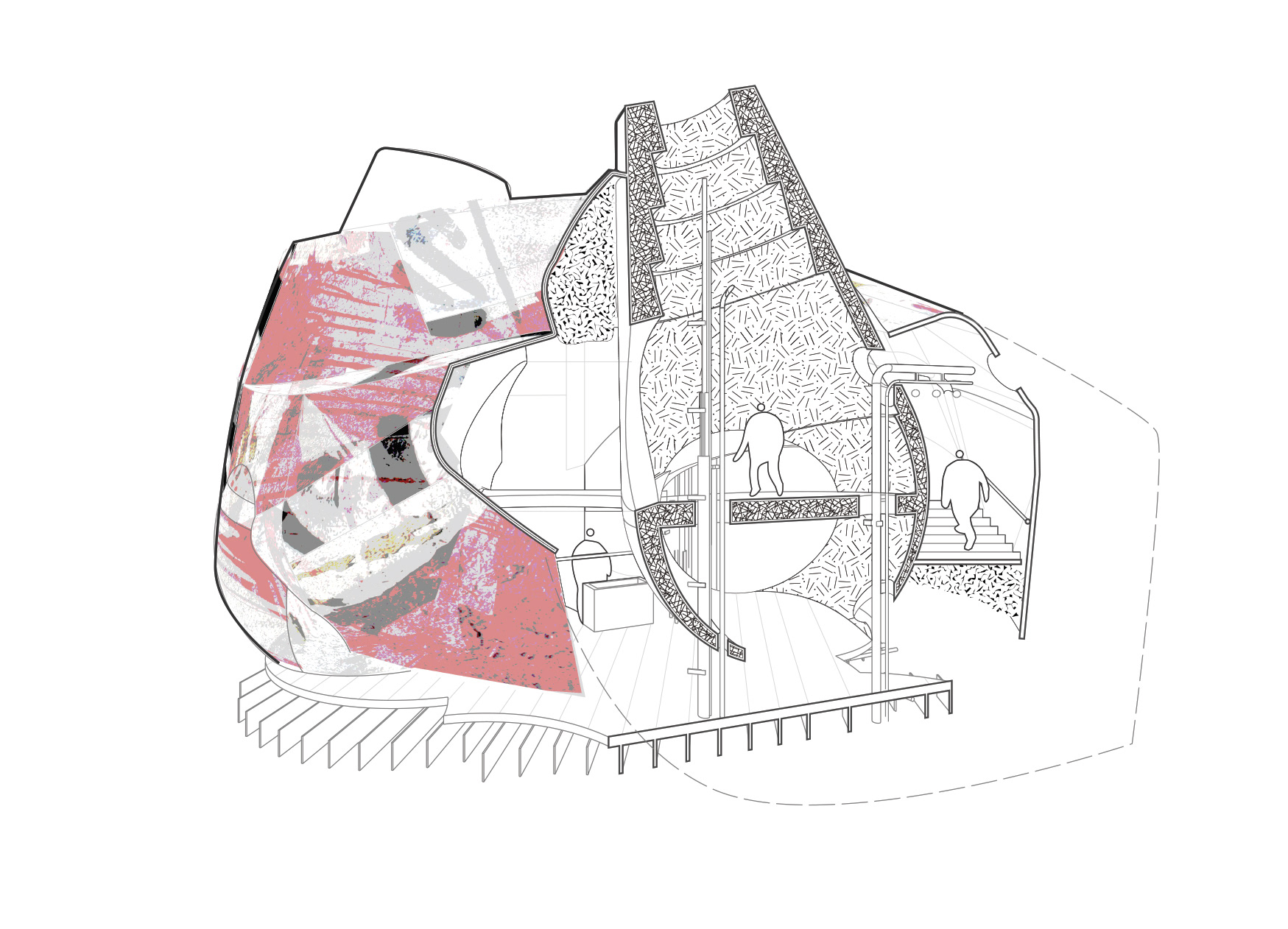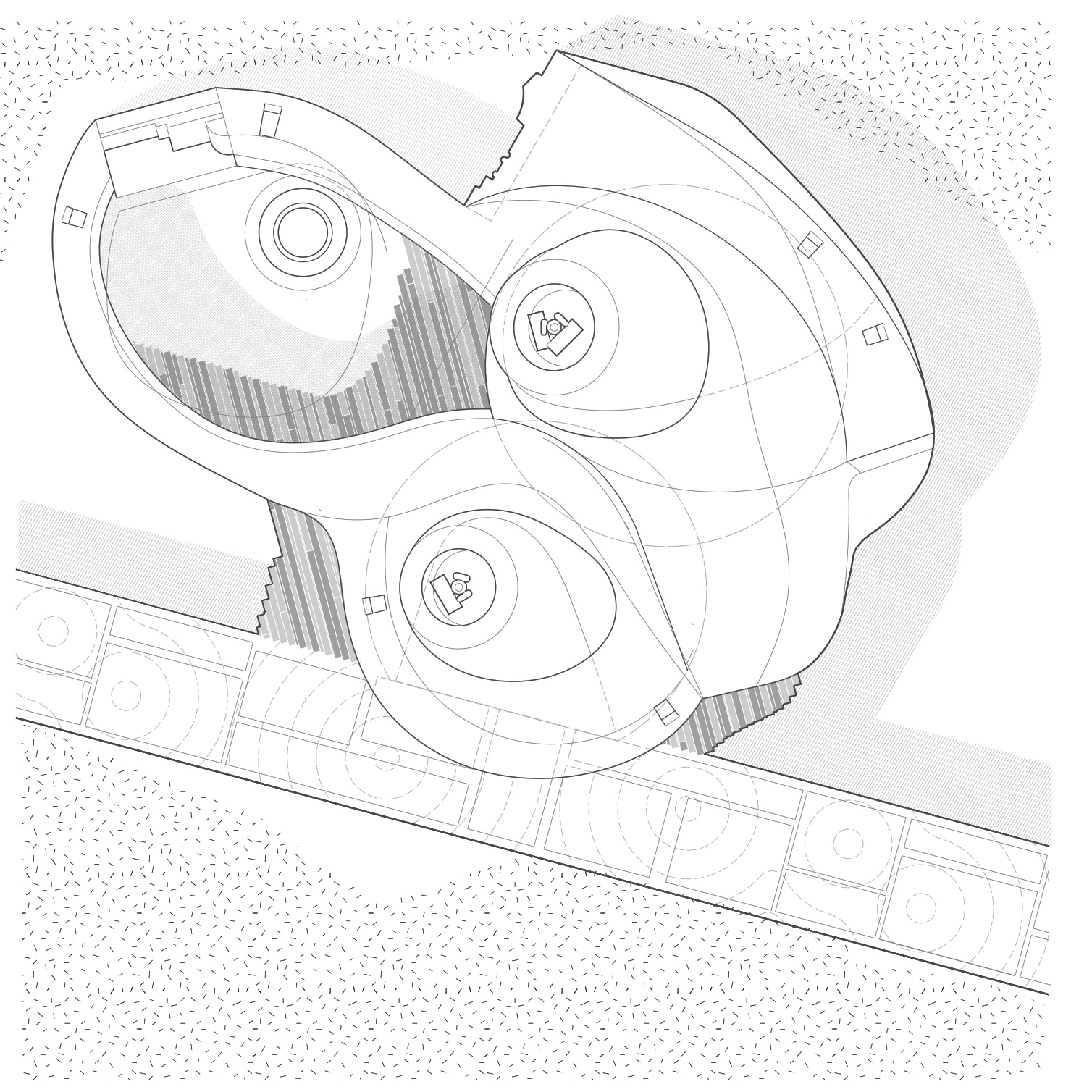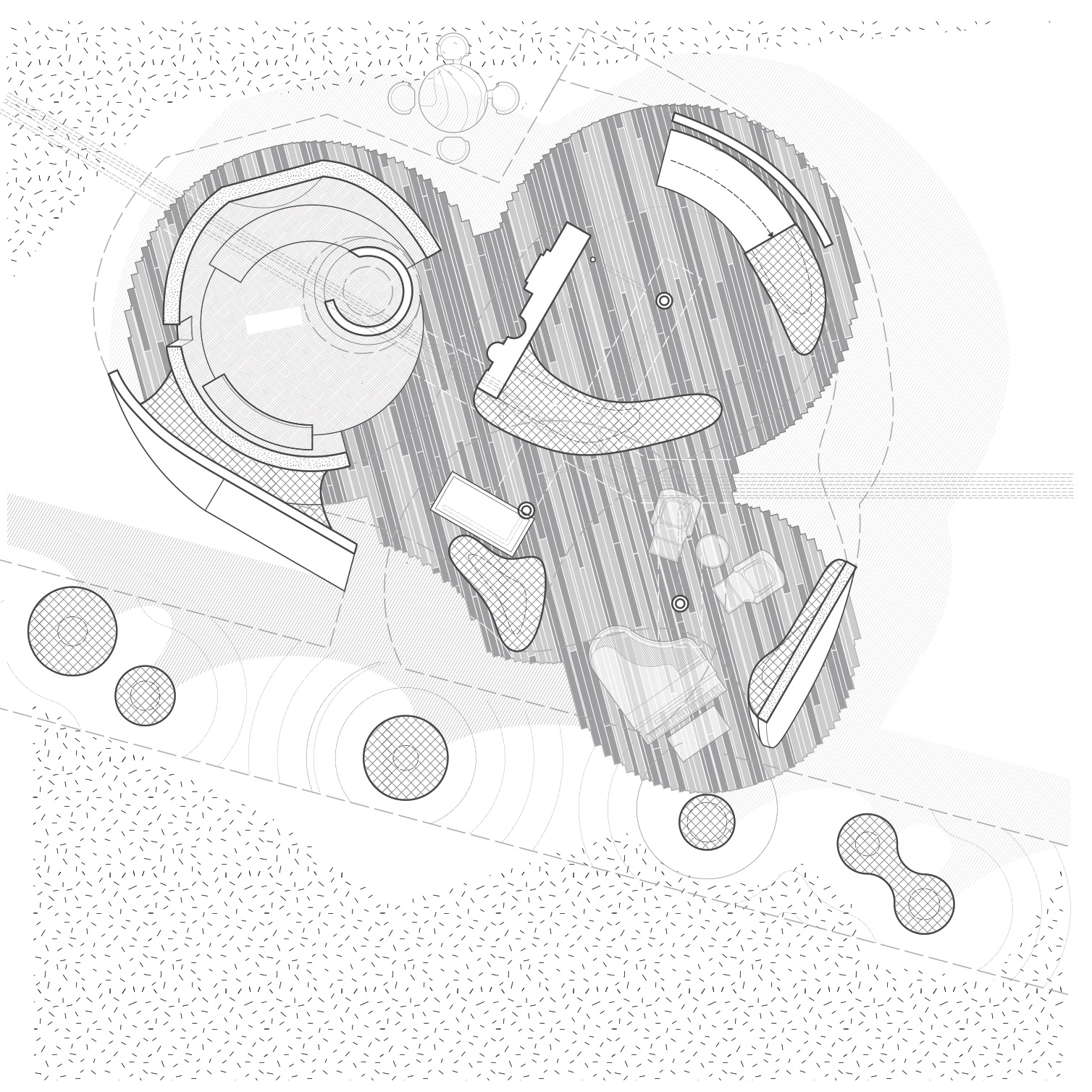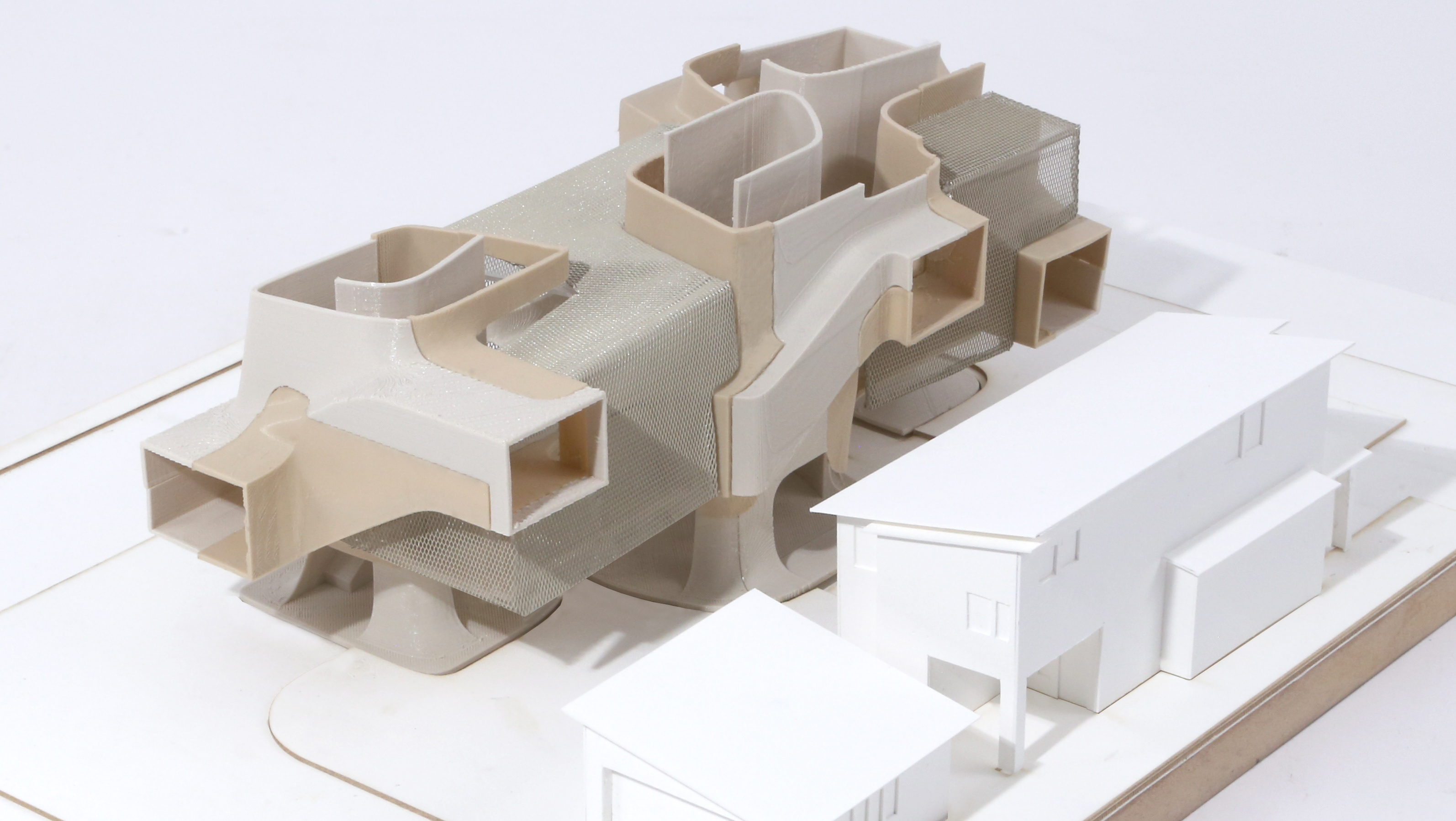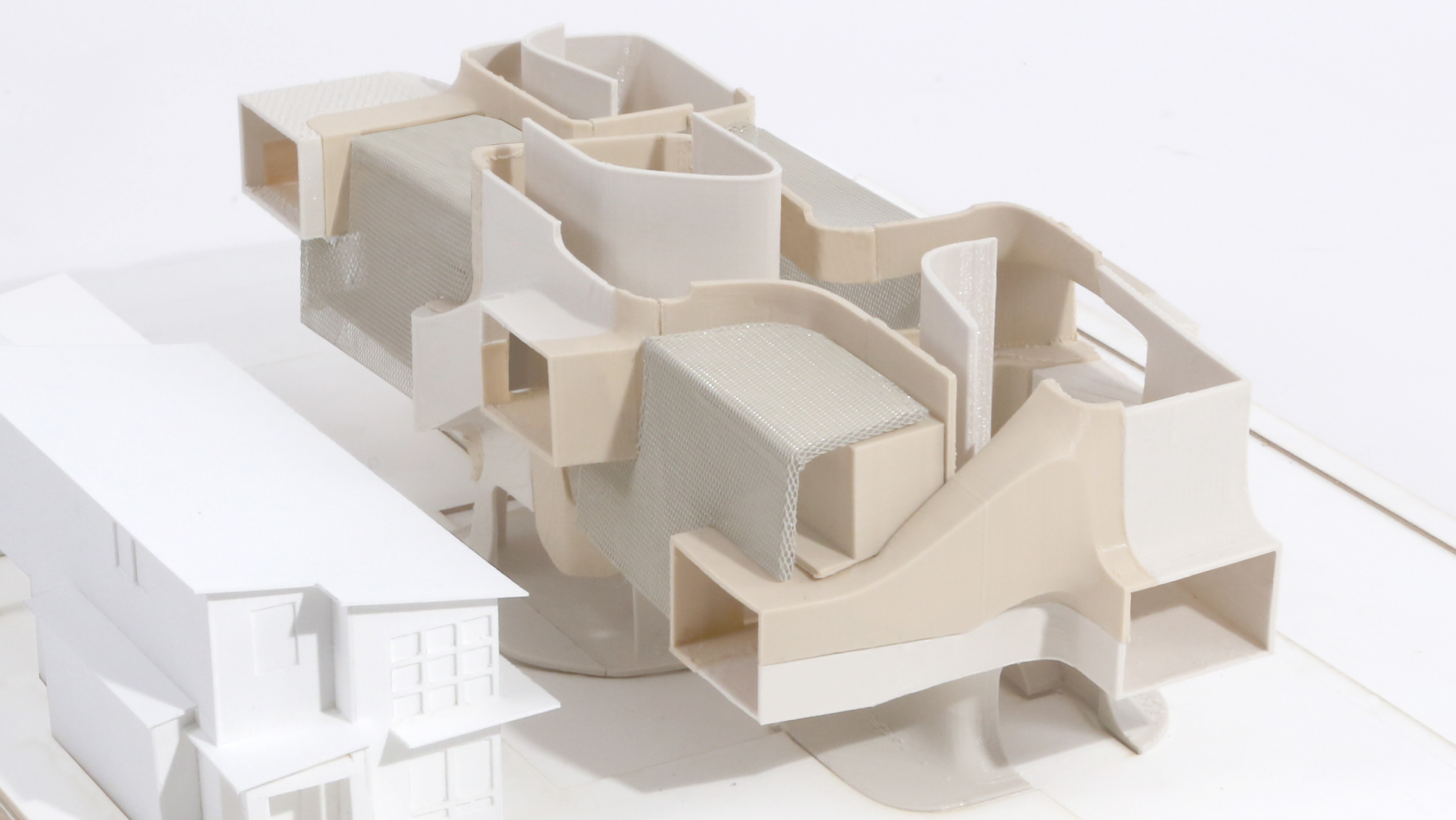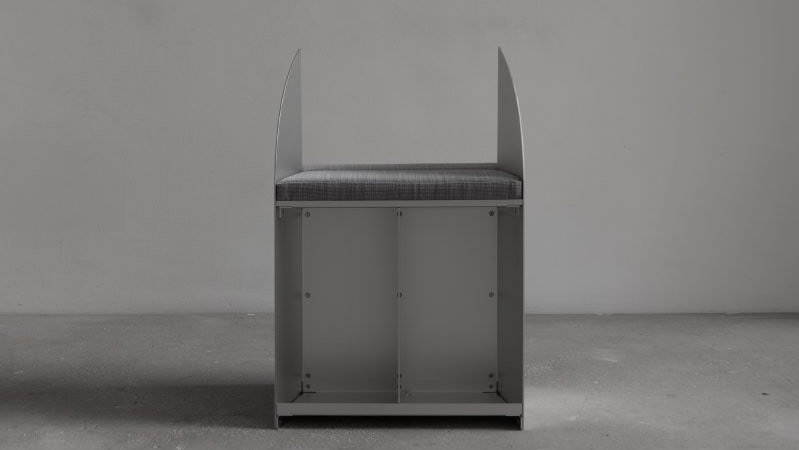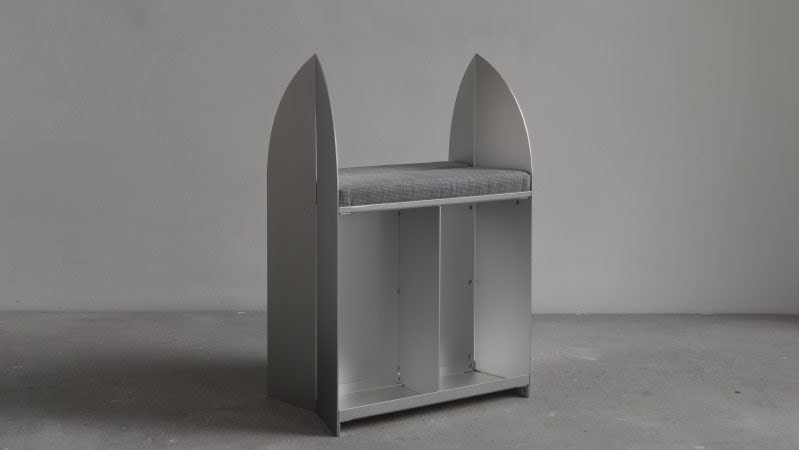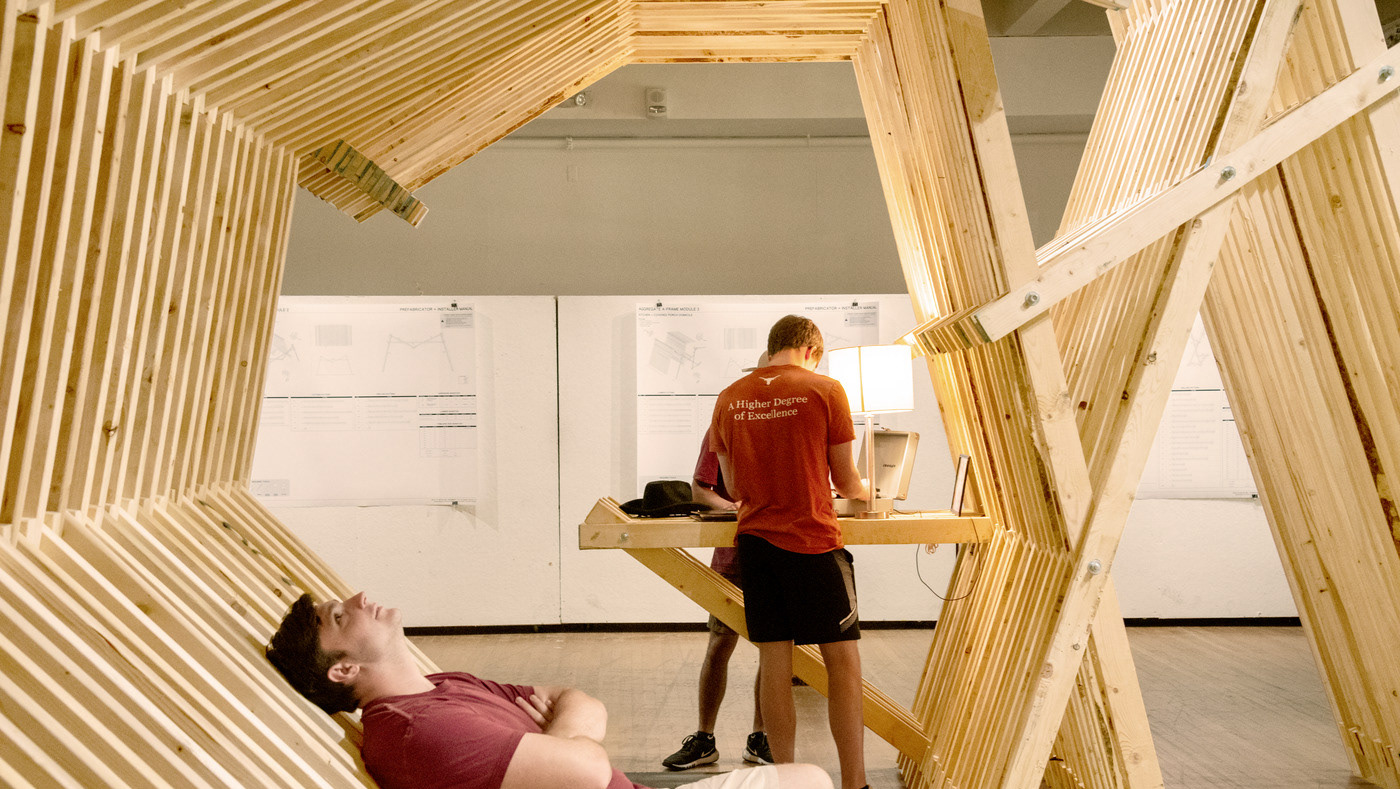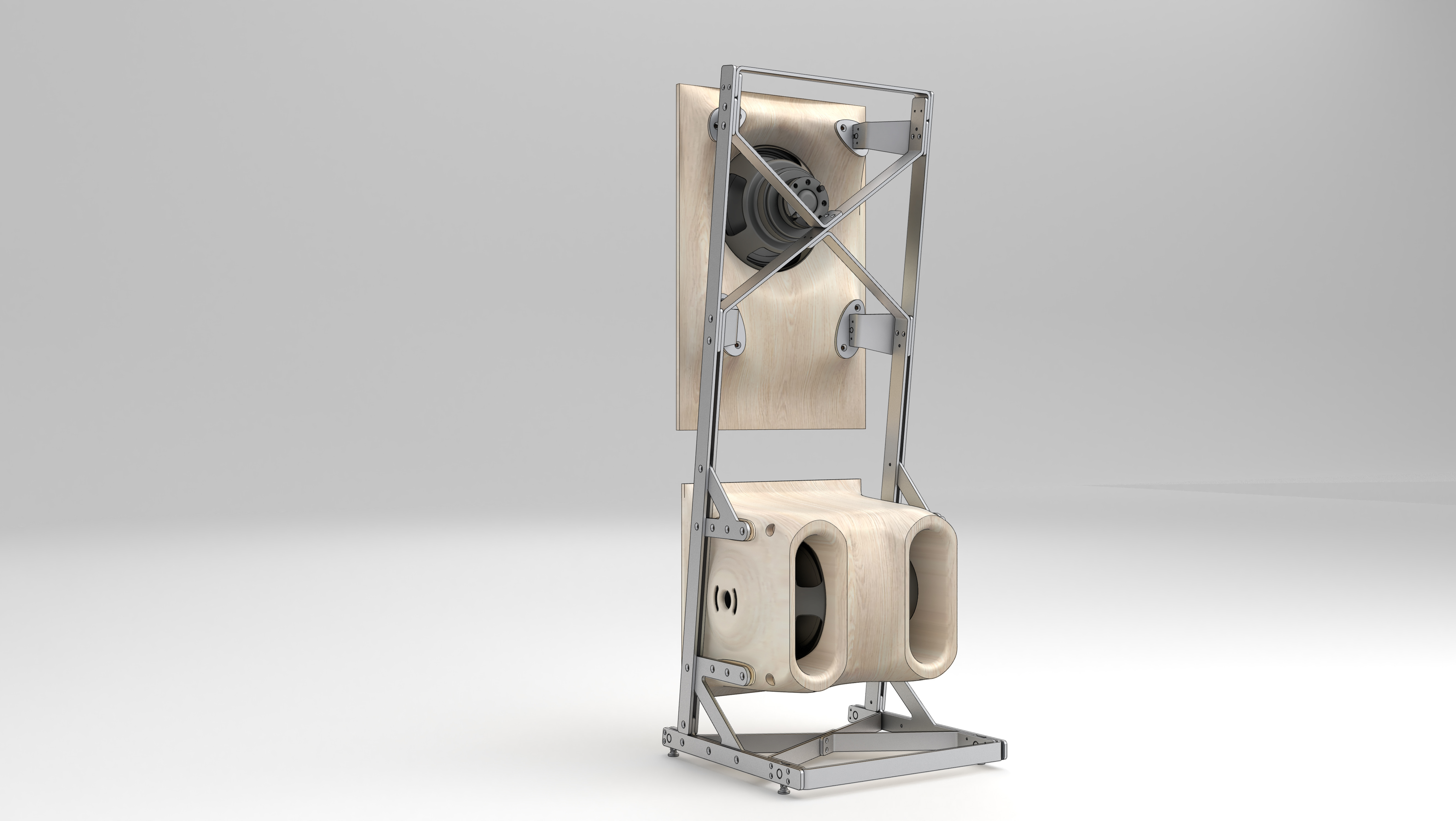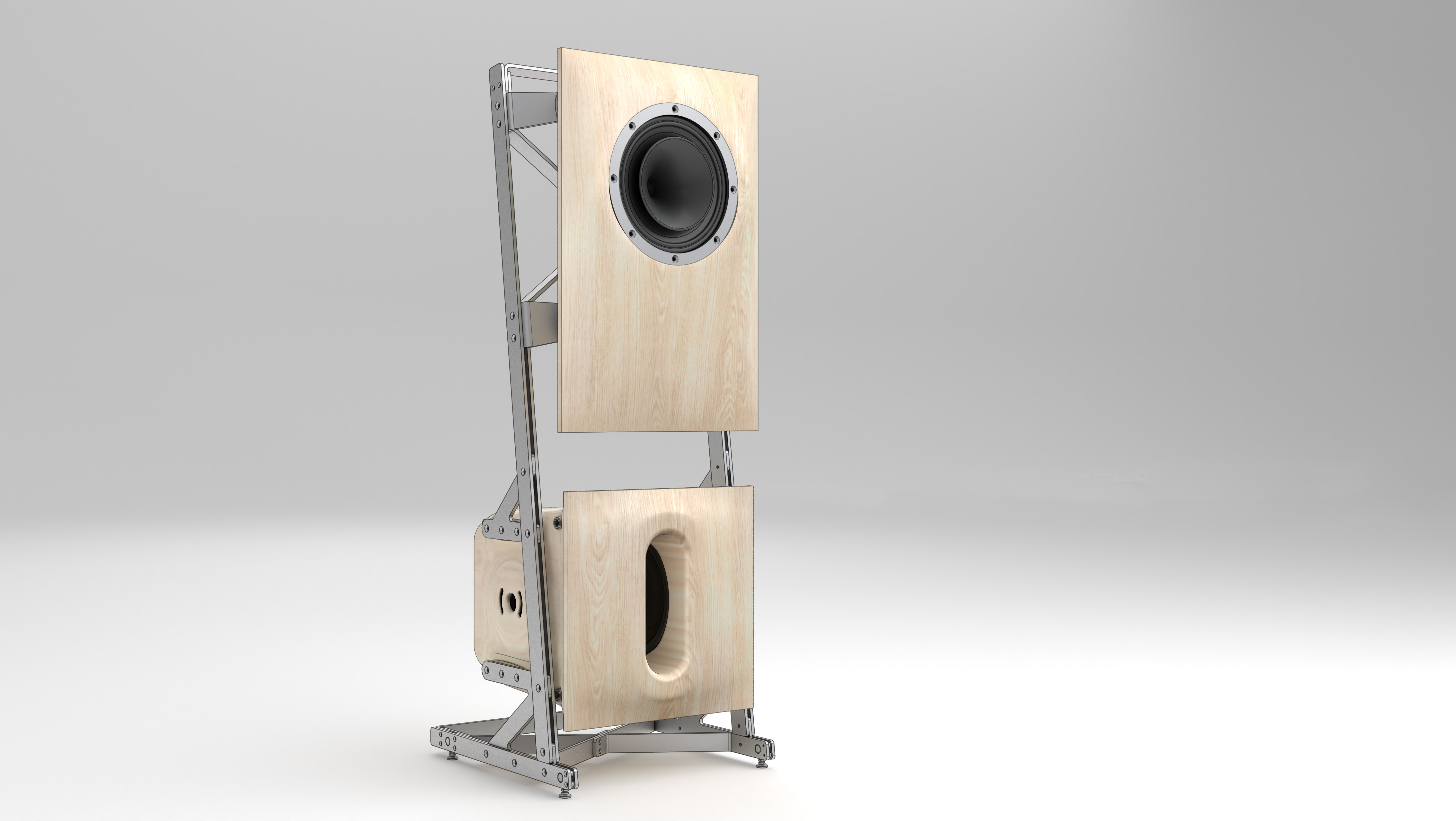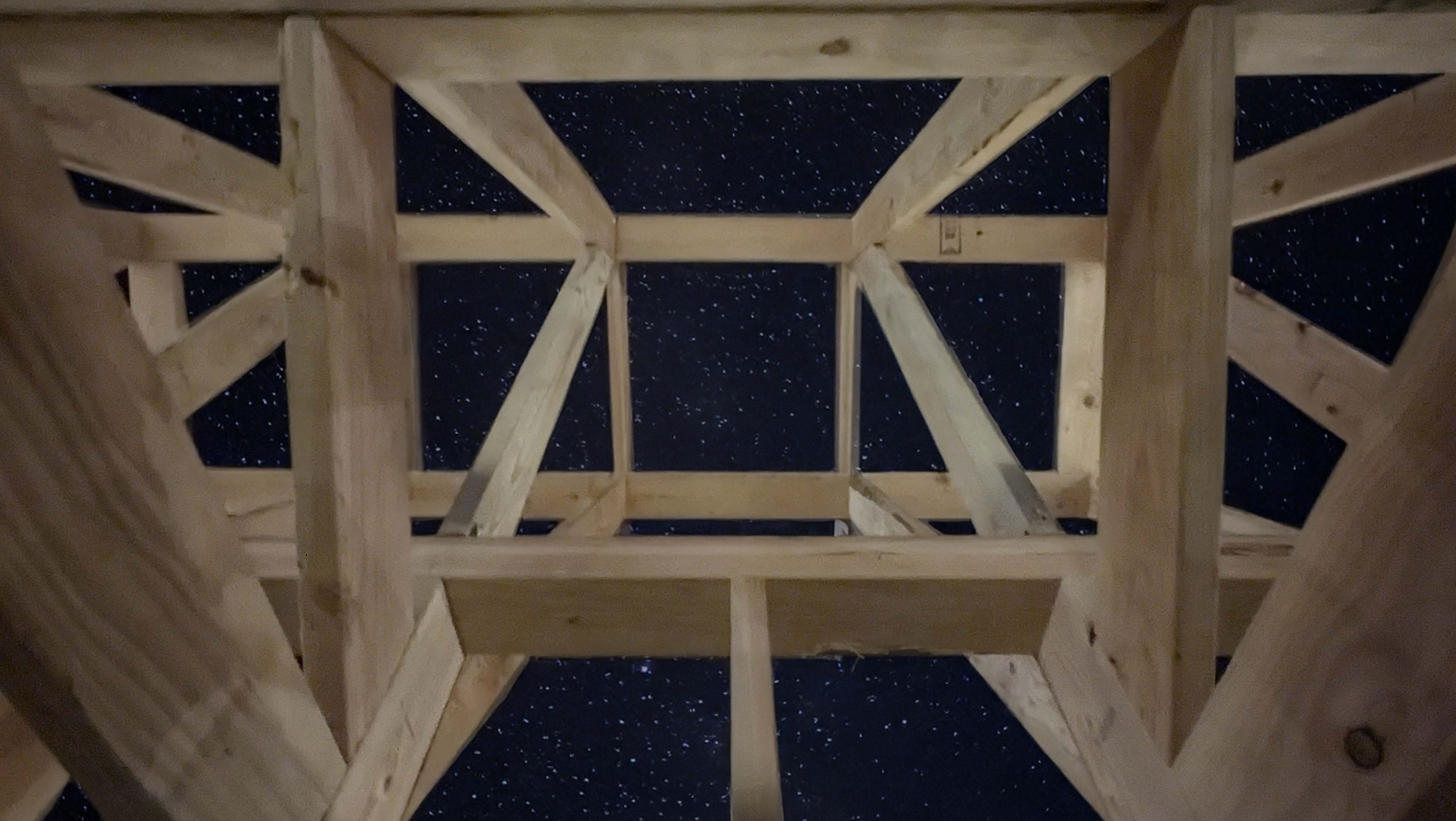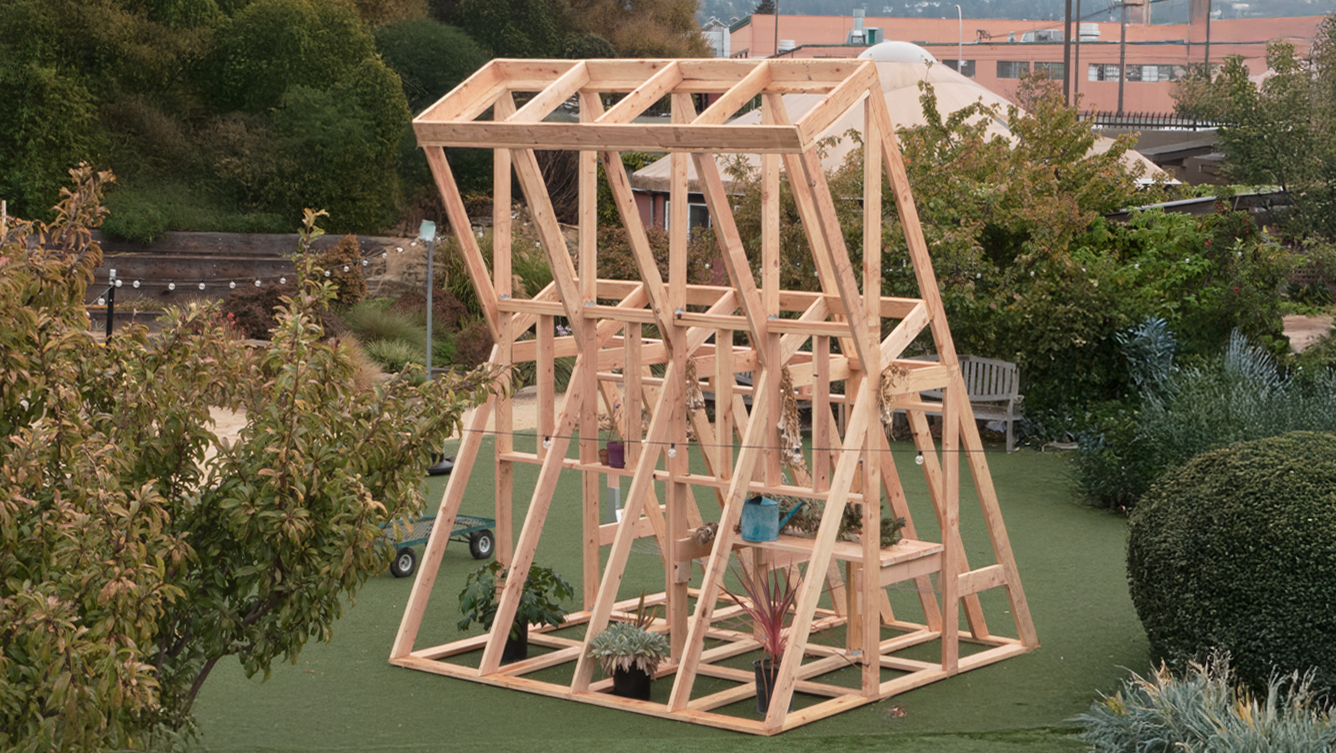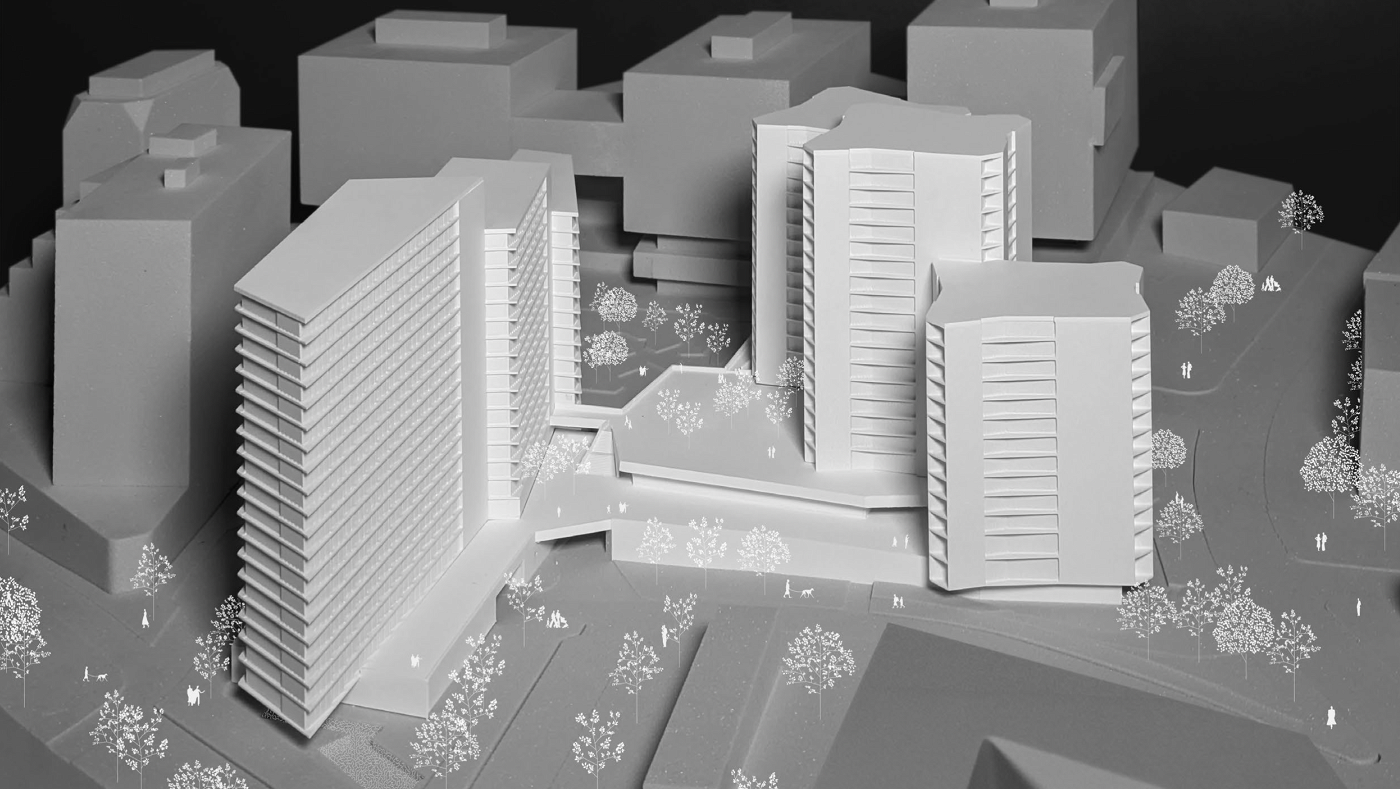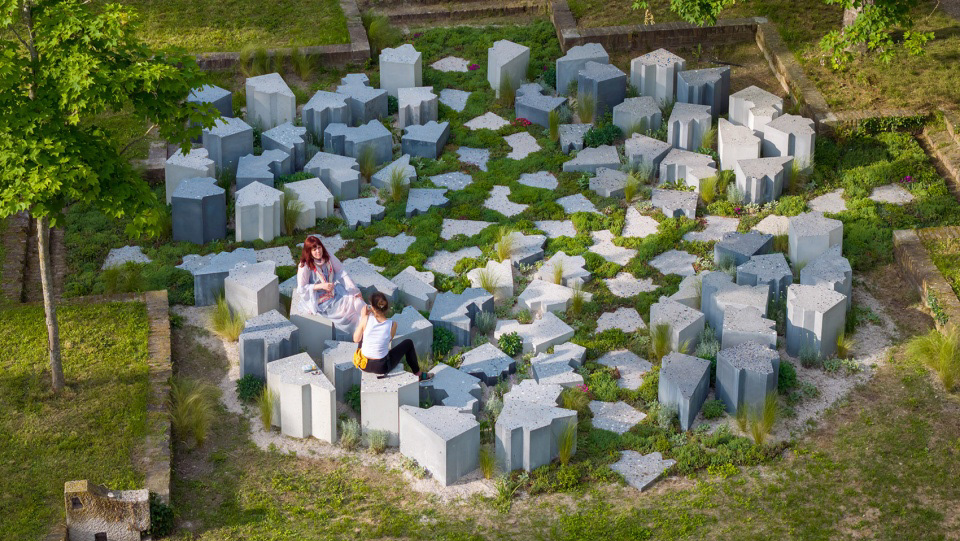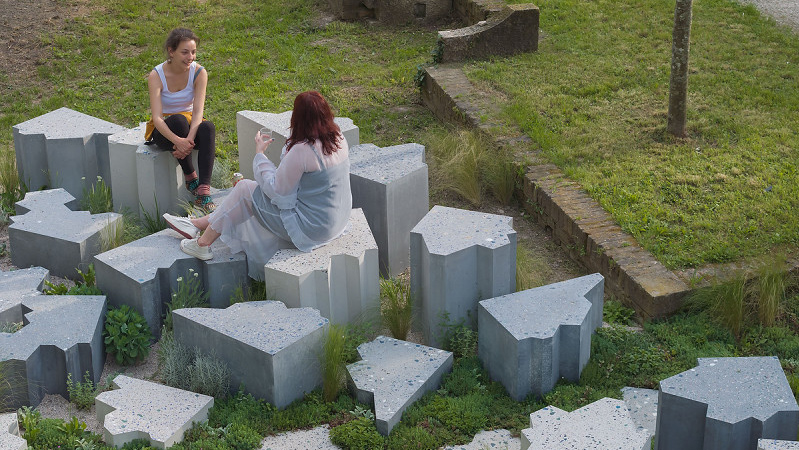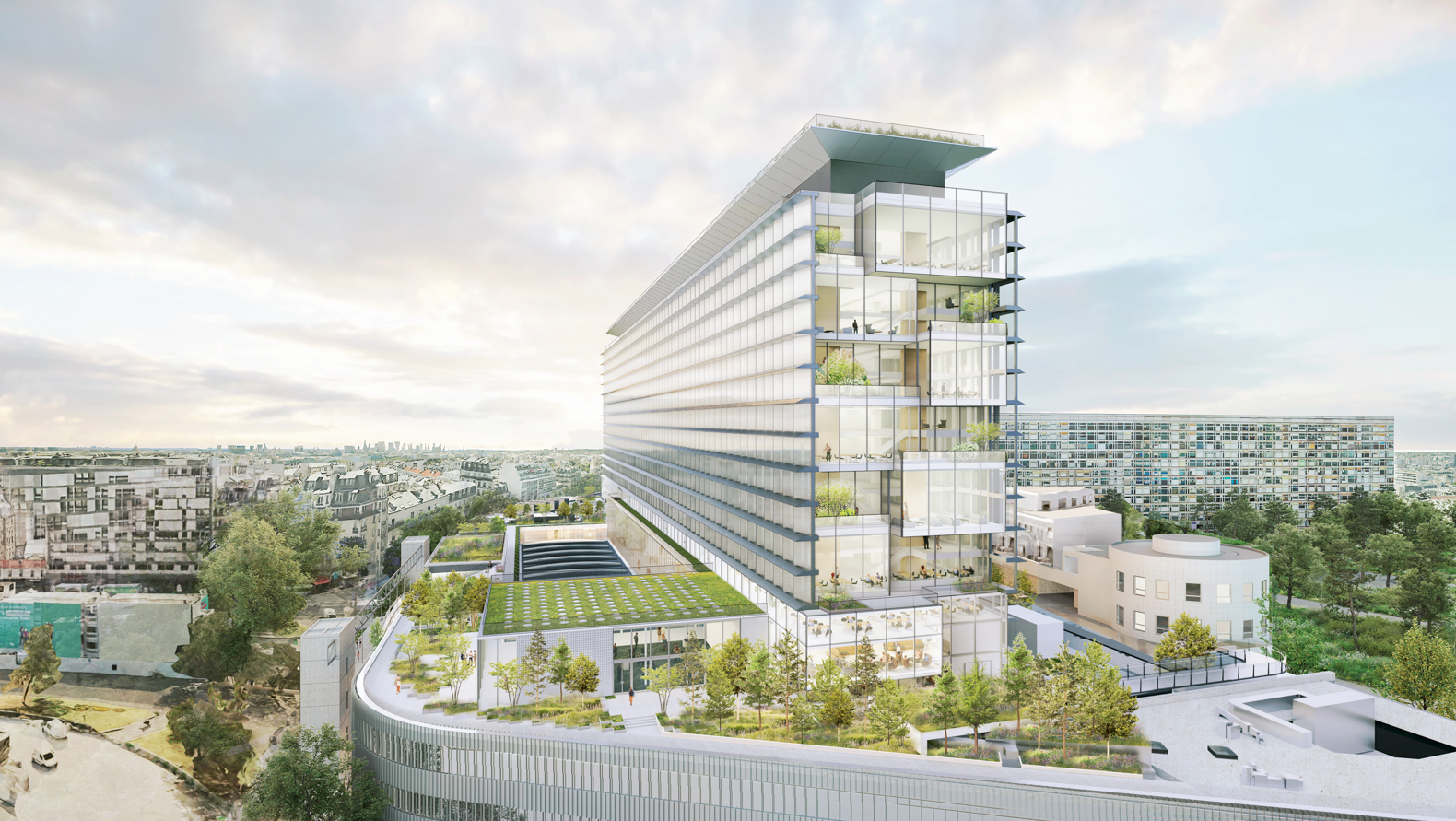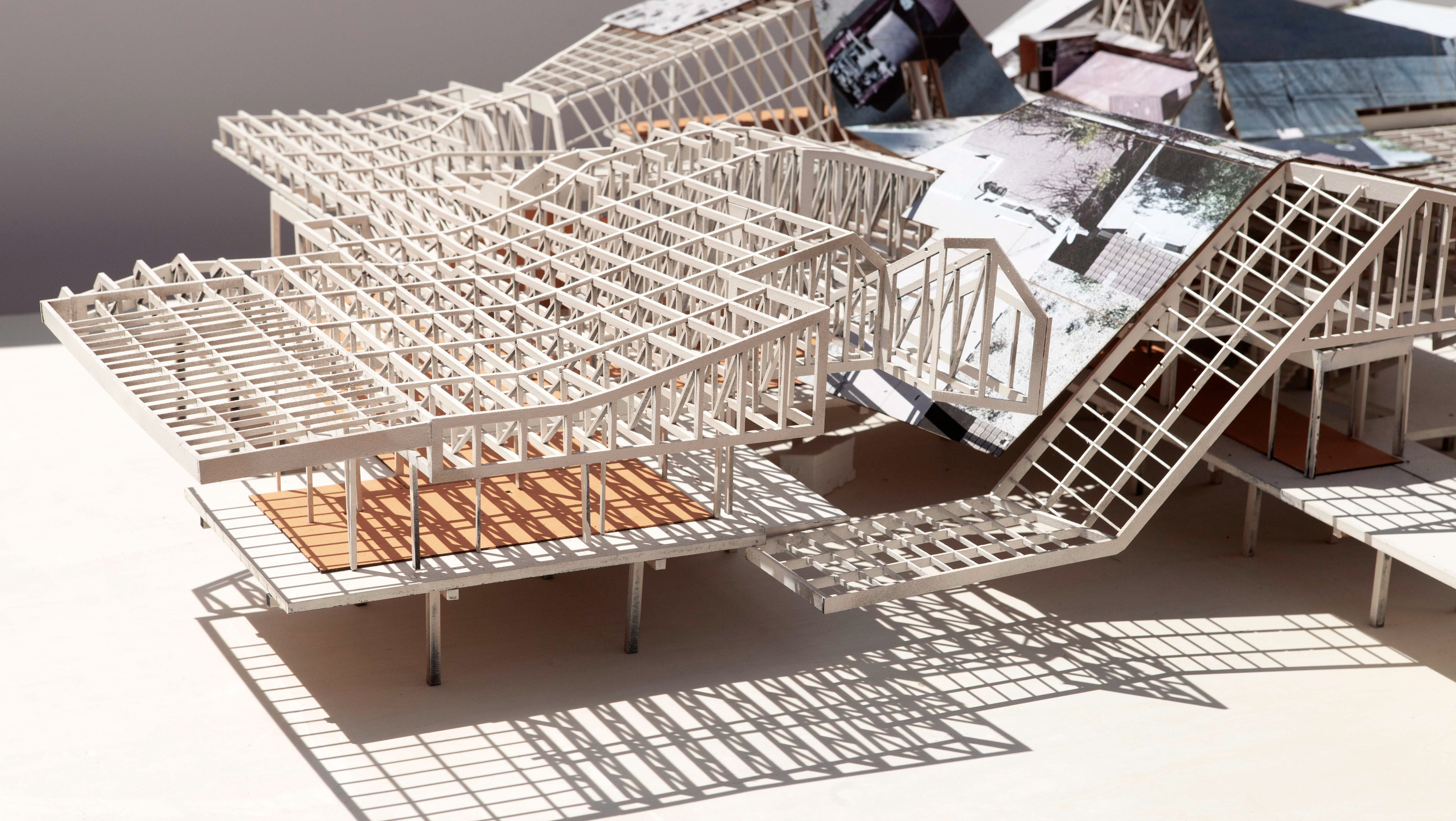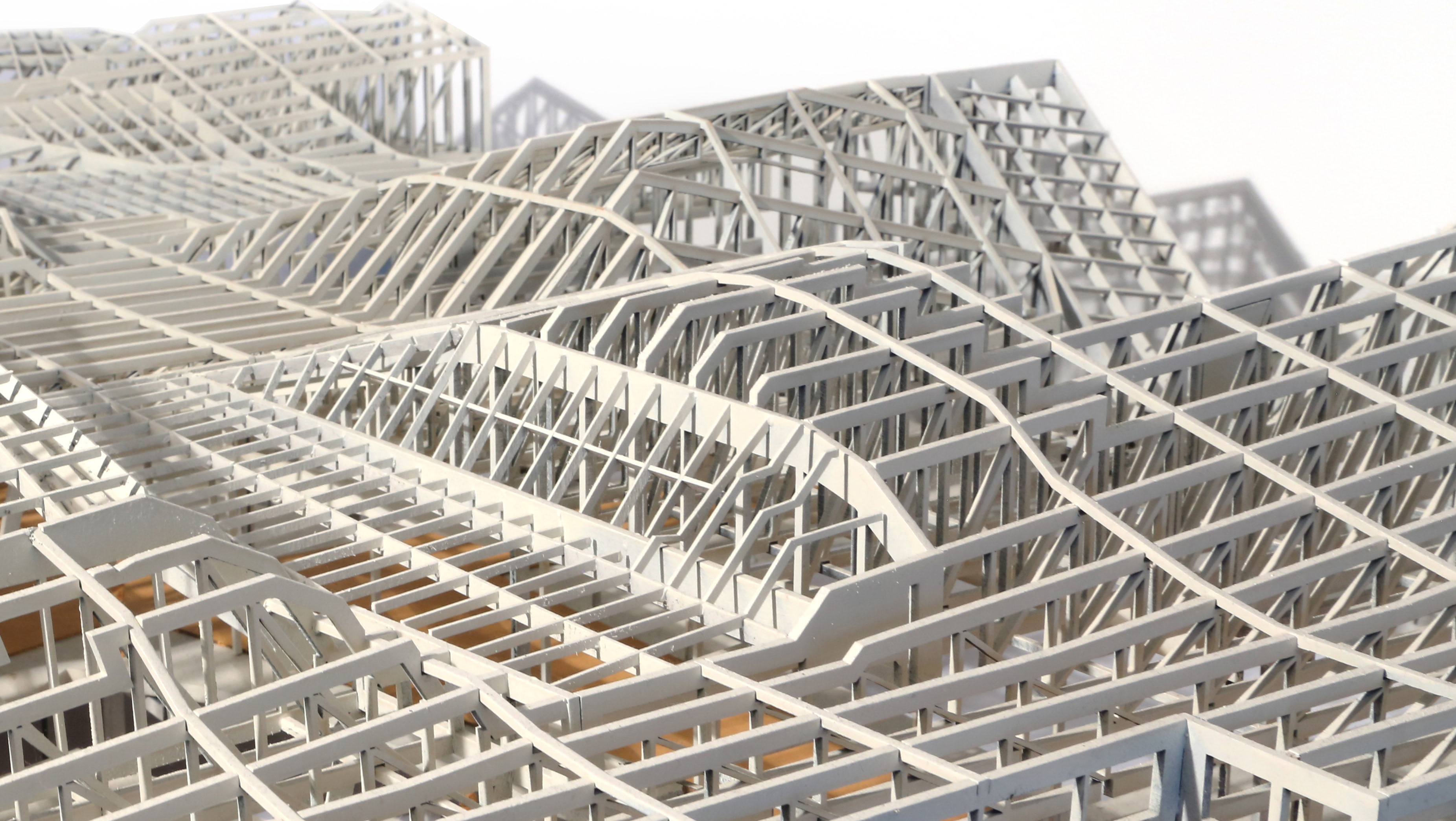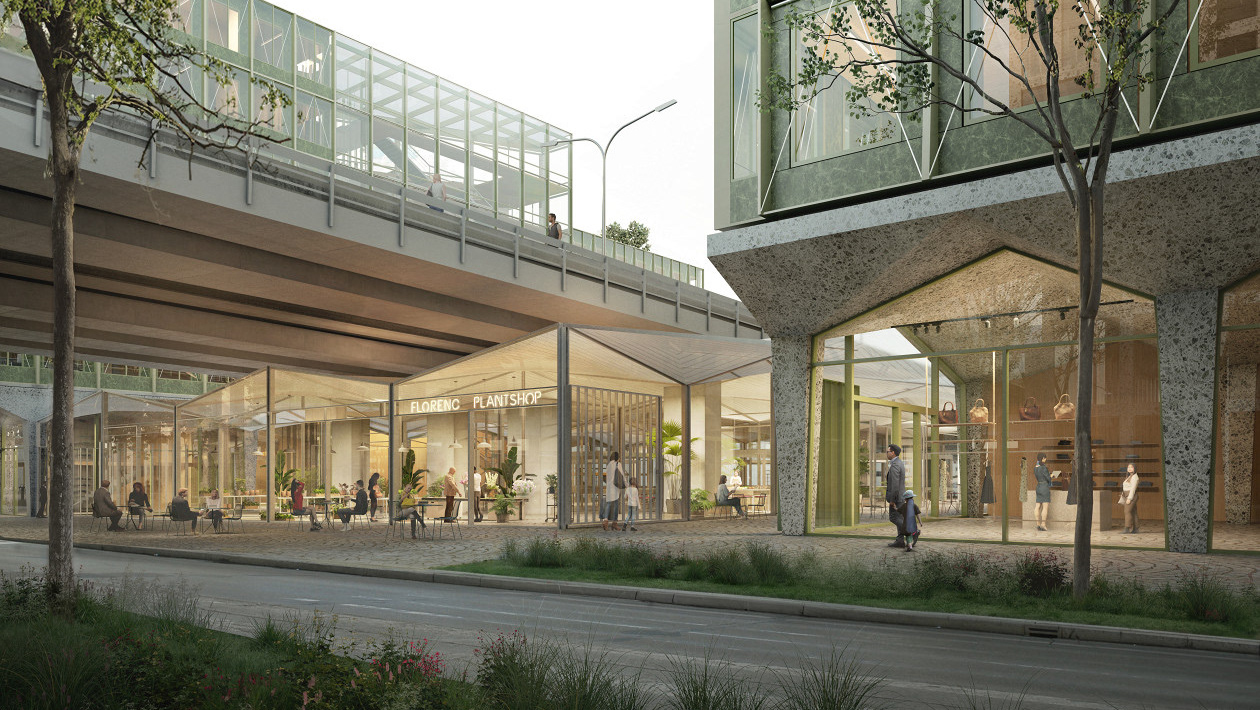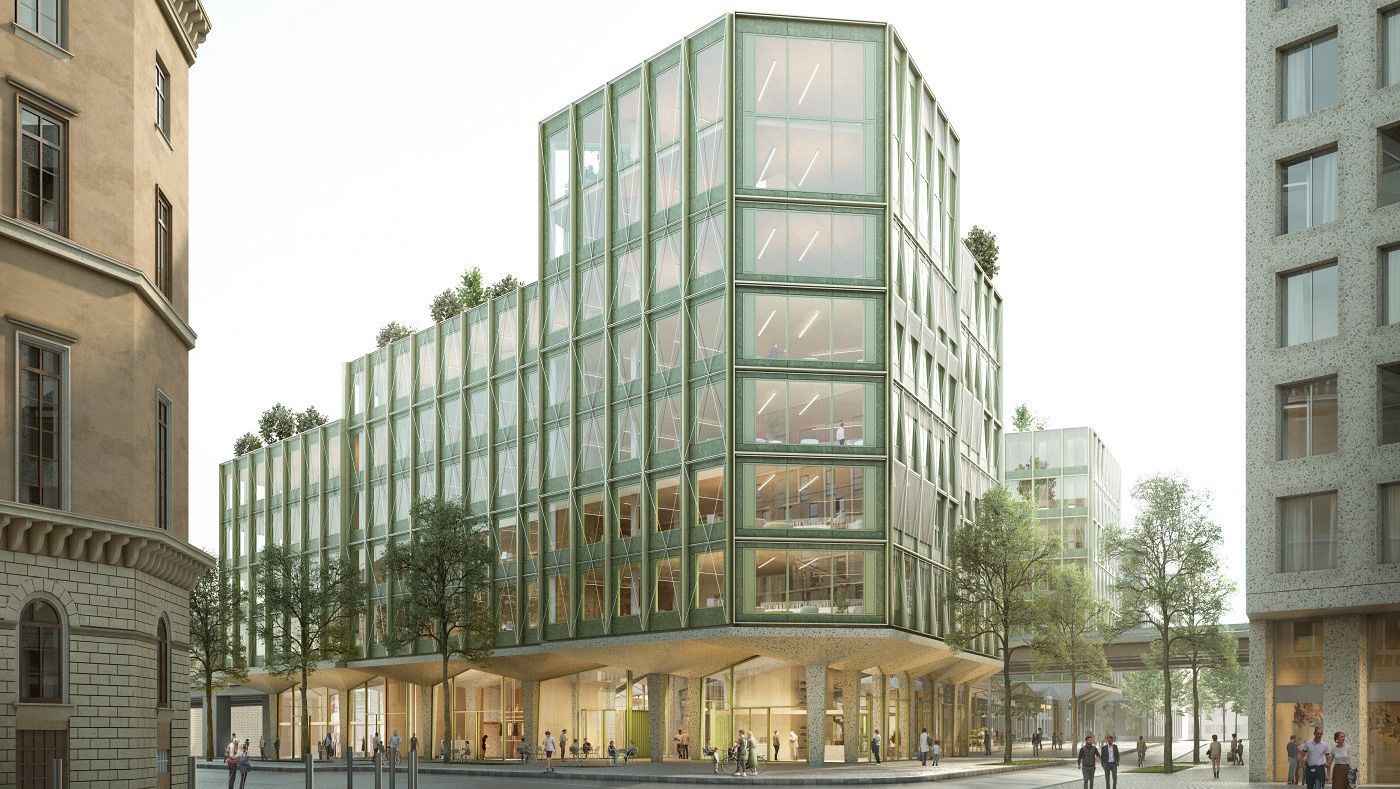Date: Summer 2016
Collaborators: Bryce Taylor , Lucas Bucknavage
Critic: Dagmar Richter / William Menking
Honors:
Project archived as best of studio and displayed in InProcess Magazine
Program
The project leverages 3D scanning and fabrication technology to address Berlin’s history of Architectural erasure and antiquity by servicing the city. In turn, it utilizes these fabrication processes to fund and produce a self-sufficient model of work-live community within Warschauer Straße, the historically and culturally important area situated between Freidrichshain and Kreuzberg. The site, Warschauer Straße, was formerly a train depot. For many years, it was abandoned until a community of builders, artists and creatives reclained it as housing, concerts, rock climbing gyms, skatehalls, and outdoor markets. This project seeks to continue this tradition.
The project leverages 3D scanning and fabrication technology to address Berlin’s history of Architectural erasure and antiquity by servicing the city. In turn, it utilizes these fabrication processes to fund and produce a self-sufficient model of work-live community within Warschauer Straße, the historically and culturally important area situated between Freidrichshain and Kreuzberg. The site, Warschauer Straße, was formerly a train depot. For many years, it was abandoned until a community of builders, artists and creatives reclained it as housing, concerts, rock climbing gyms, skatehalls, and outdoor markets. This project seeks to continue this tradition.
The production of large scale building elements or fragments create a viable economic output to sustain the housing project in addition to a large amount of material waste. As a result, it was necessary to develop a way of organizing the Post-Fab housing that resisted the typical modernist grid and had more specific interface between real conditions. The result is a type of 21st century Nolli plan, in which the distinction between positive and negative space is less demarcated.
The cluster of pixels, which comprise the footprint of a housing module, reflect how the post fab housing would grow over time. The community constantly spreads out over a set infrastructure, which it can plug into via utility totems. The method of development first begins with an analysis of what is existing, what is built vs inbuilt. The pixelization technique is a way of creating variable radii, with the dependent factor being the proximity to build structures. These pixels, when clustered together, becomes footprints for small scale housing modules, the center of each pixel becomes a utility totem, which is a way of bringing utilities into undeveloped territories with the expectation that as the project grows over time, residents / buildings will be able to tap into resources.
Post-Fab Housing is initially a proposal for a new economic model that can sustain itself through the virtual cataloging and fabrication of historic buildings. Drones leave the formerly abandoned train depot within Warschauer Straße which is set up as a drone depot / digital archive. The information is stored in a digital archive of the city for future reference. The fabrication and material process line is assisted by several five axis robots that mill out negatives of ornamental features. The positives are cast and sent out to sites where historical restoration has been required. In turn, the waste material is reprocessed and used as the base building material for cooperative housing where residents of the Post Fab housing live and work.
